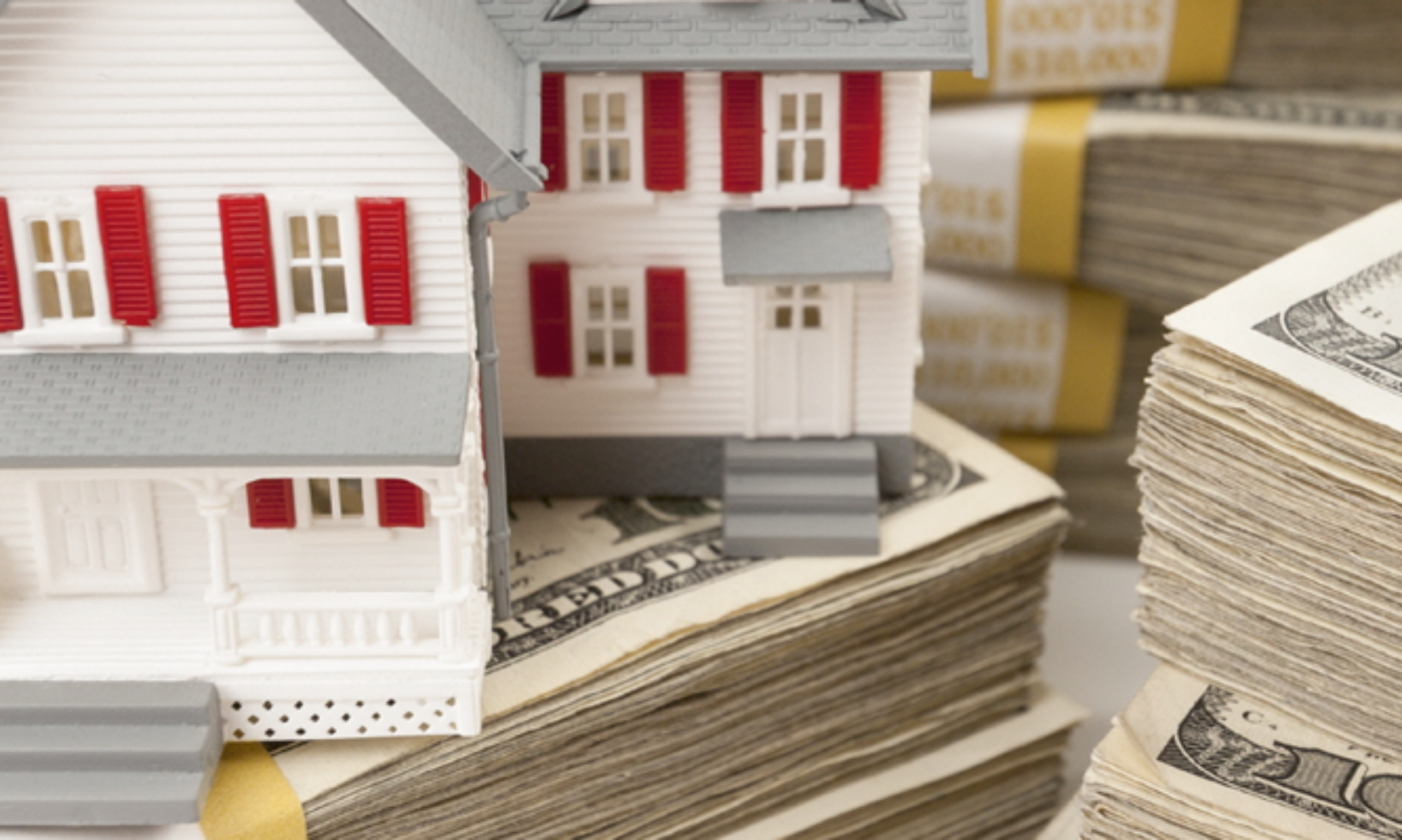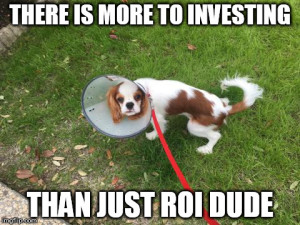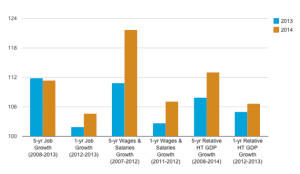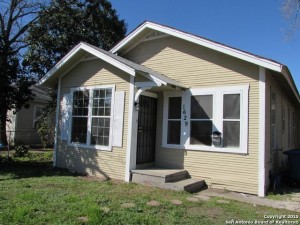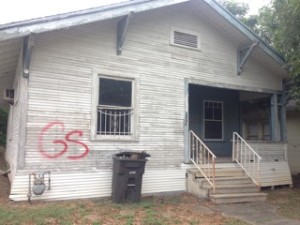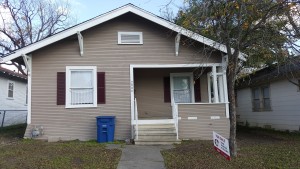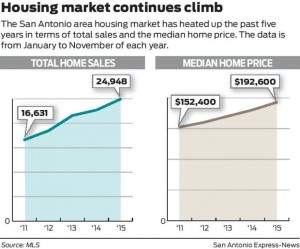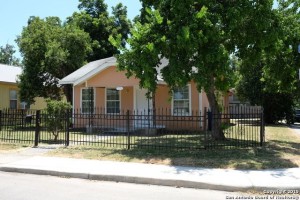As a very successful wholesaler of below market value properties in Texas, I know what many under market value property investors are looking for when they buy a property:
ROI and nothing else.
I definitely do understand why below market value property investors buying out of state investment property want to make a good rate of return! Many of my California cash buyers get tired of making 3% returns on their insanely expensive investment properties, so obviously they want to make as high a return as possible.
But as my mascot Teddy says:
Smart boy! 🙂 Currently, my under market value properties in San Antonio TX, we are seeing prices in the $60,000 range with $25,000 to $30,000 in rehab, which nets an annual rate of return of 11-12% typically. Some investors may not think this is enough, but I can tell you this: I was able to financially retire at age 28 by making 10-12% per year on under market value buy and hold investments, and $5000-$10,000 on flips.
Here is a good example of a great below market value property I own:
- Address: 914 W Hutchins Pl, San Antonio, TX 78221-2513
- Year Built: 1950
- Description: Add more Cash Flow properties to your portfolio, large fenced yard with mature tress, 9, 3 beds, 1 bath, 1300 sqft, Yearly Taxes: $2,000.00, Estimated Yearly Insurance: $700, located south of beautiful downtown, well established neighborhood, parks, and schools, Estimated Repairs: 30-35K, flooring, electrical/plumbing up to code, bath/kitchen update, paint in/out, central HVAC, etc. Max ARV 109K with owner finance.
- ARV: $119,000-$125,000 with owner finance
- Cash Price: $59,900 firm.
- Exit Strategy:Owner Finance with 30K repairs: 5-10K down, $1095 monthly PI/TI, 30 year amortization, 10% interest, Price: 109K; or Rent with 30K rehab: $1095.00; Or paint clean Jazz with 15K in repairs and owner finance for 87K.
review sold and rental comps.
Now, many under market value investors will look at that return, which is around 11-12% and say, ‘Yeah, that’s pretty good, but I can go to XXXXX and make 15% ROI.’
I understand the sentiment, but if all you care about is ROI with below market value property investing, you could be headed for trouble. I’m sure there are some great $5000 properties that you can buy in Detroit! Good luck with that.
What I have learned in 15 years of buying and selling under market value properties is that there are other factors in play when you buy a property from a wholesaler:
- How many rehabs have they done in the last 10 years and how long have they been in business?
- How experienced are they in doing rehabs?
- How accurate are their rehab numbers?
- How experienced are they in finding quality tenants and owner finance buyers?
- Are there ARV numbers accurate and is the house being prices with the market?
Those are just a few things that you should carefully consider besides the rate of return on your under market value property. After all, earning ‘16%’ doesn’t sound so good if you are having constant problems with vacancies, property damages and the rehab costs $30,000 more than was estimated.
A top notch wholesaler is an expert in the neighborhoods in which he works. He has done hundreds of deals and rehabs in those areas and knows exactly what a rehab will cost and how much to spend. He also knows what the house will sell for when it’s all said and done.
My point is that you should consider the experience and quality of the wholesaler you are working with, not just the raw, stated rate of return.
